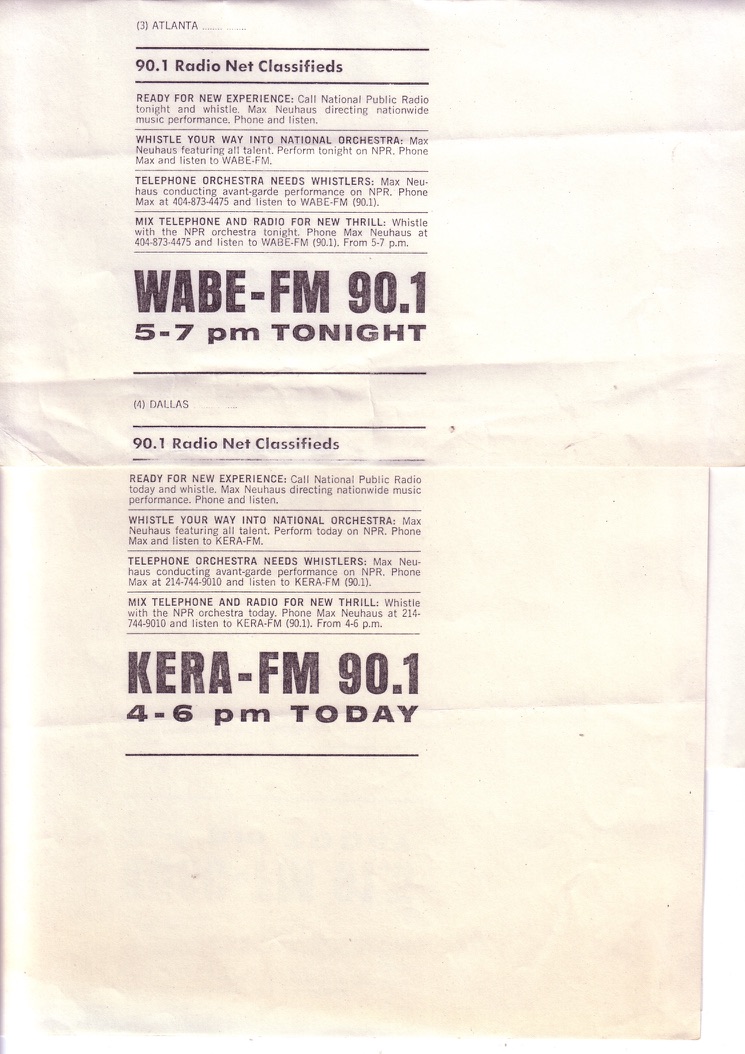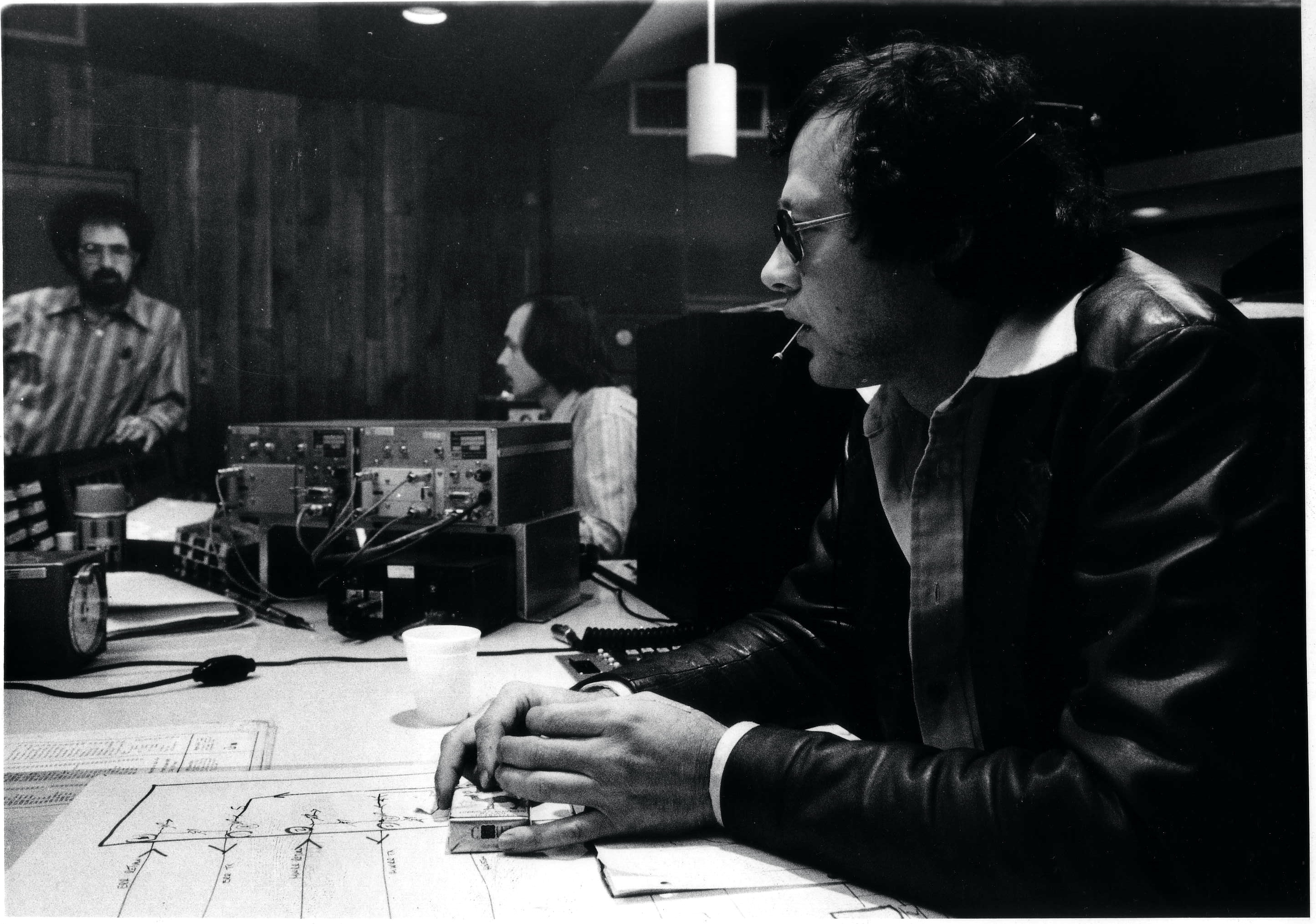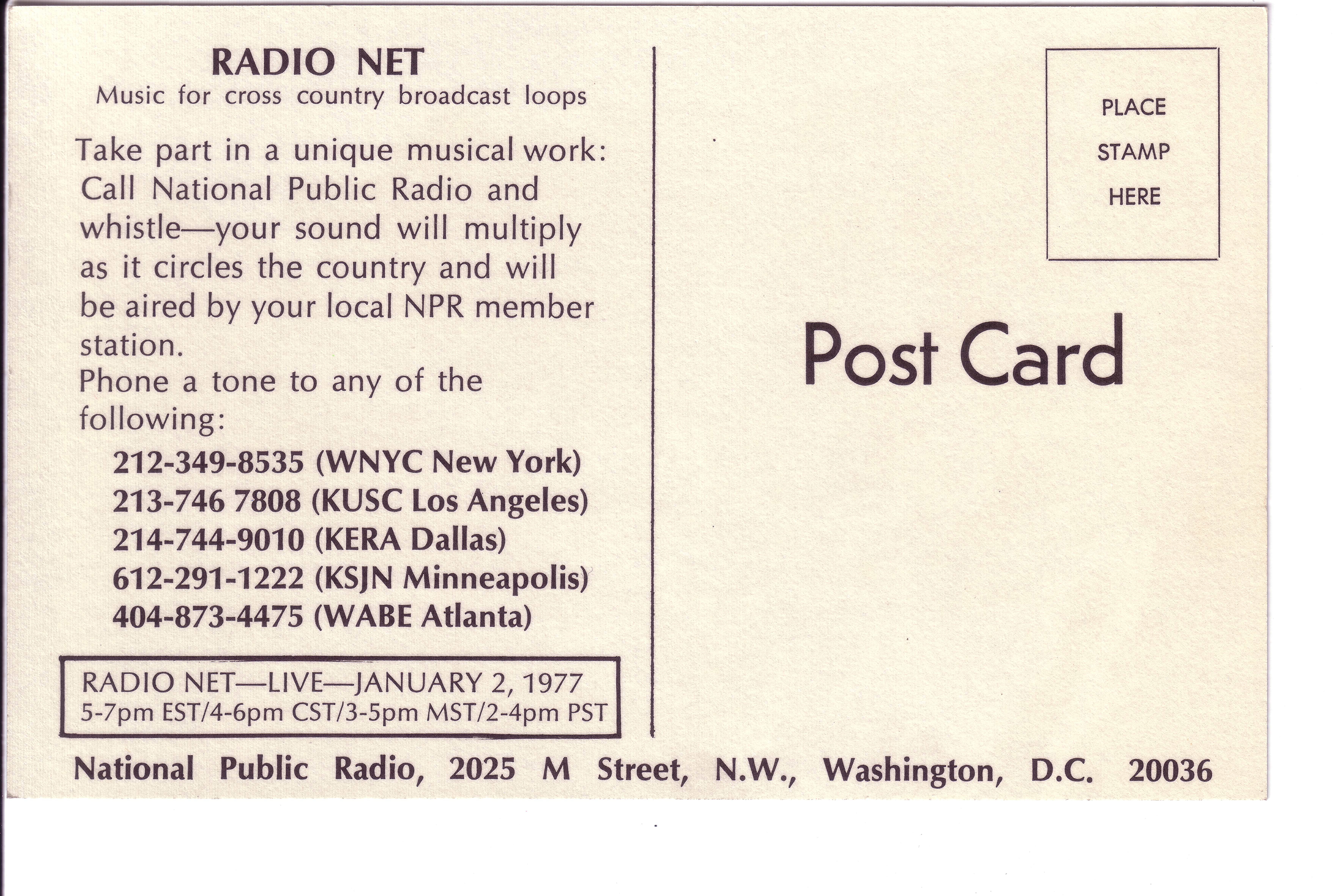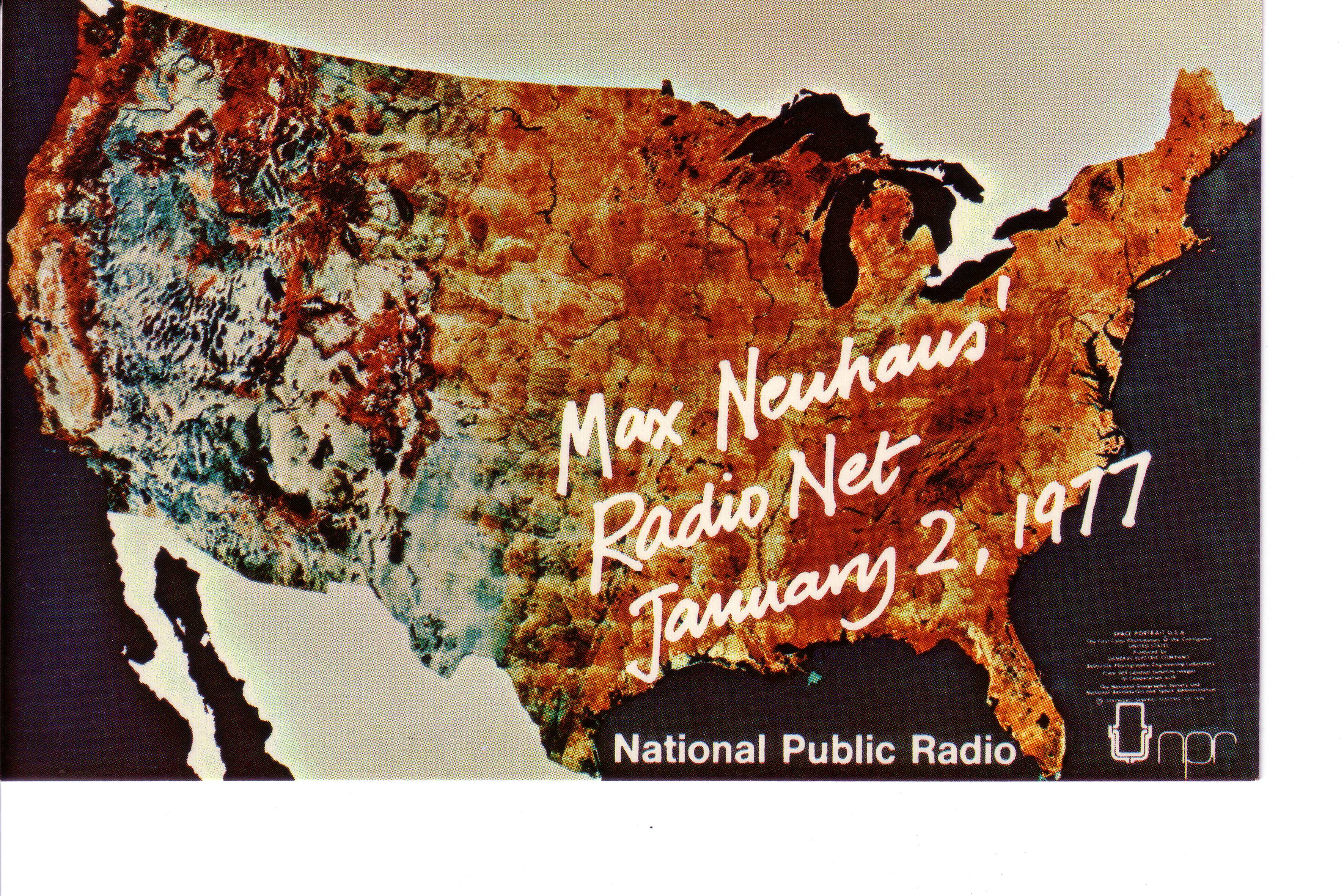
1945 - The "Father of Talk Radio," Barry Gray, "became bored just playing music and interviewed one of the callers on air who happened to be celebrity Woody Herman."(WMCA in New York City.) Gray estimates interviewing more than 40,000 guests over 40 years. Talk Radio History by Carla Gesell-Streeter, www.radiotalk.org/history.html
Mid-1950's - Todd Storz puts a call-in show on WHB Radio in Kansas City; Pittsburgh's KDKA starts a late-evening show called Party Line. All Talk: The Talk Show in Media Culture by Wayne Munson
October, 1961 - KABC Radio in Los Angeles converts to an all-talk programming format. KMOX in St. Louis and KVOR Colorado Springs make a similar move around this time. All Talk: The Talk Show in Media Culture by Wayne Munson
1963-67 - Phil Donahue hosts Conversation Piece, a phone-in radio talk show.
1967 - Phil Donahue Show debuts in Dayton, OH (WLWD-TV.) The show combines the talk radio format with a television interview show, providing the prototype for current interactive talk shows. The Museum of Broadcast Communications
1978 - Larry King Show launches, marking the first national call-in radio program. (Mutual Radio Network) CNN.com
October 7, 1980 - C-SPAN inaugurates television's first-ever, regularly scheduled national viewer call-in program from the National Press Club in Washington, D.C.
June, 1985 - Larry King Live debuts, airing each weeknight on CNN. In addition to topical guests, the program also features phone calls from viewers. CNN.com
1990s - About 10 percent of all radio stations air call-in talk shows, creating one of the fastest growing radio broadcasting formats in the country. Hosts such as Rush Limbaugh, Larry King, Howard Stern and others are syndicated nationally, and the number of local programs increases dramatically. Talk Radio History by Carla Gesell-Streeter
1993 - Tom Snyder returns to The Tomorrow Show format with the launch of the Tom Snyder program on CNBC, adding an opportunity for viewers to call-in with their own questions. www.wikipedia.com
January 5, 1995 - The three-hour Washington Journal (7 to 10 am ET ) replaces the earlier call-in incarnations as the network's flagship viewer call-in program



